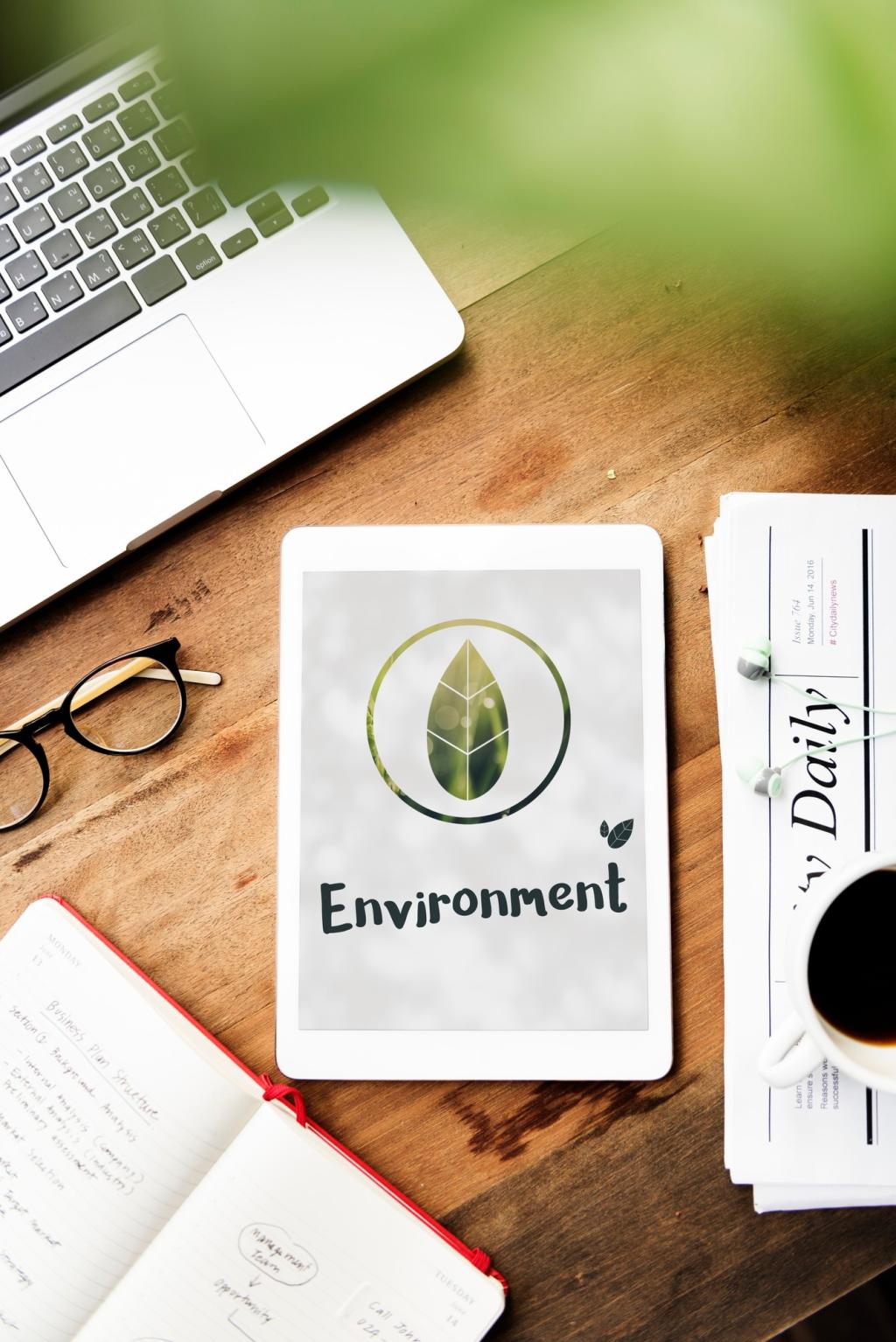Maximizing Your Sustainable Home Tax Benefits
Federal credits you can actually use
Two cornerstones matter most: the Residential Clean Energy Credit (30% through 2032 for solar, battery storage, and more) and the Energy Efficient Home Improvement Credit (up to $3,200 each year). Both flow through Form 5695, but they work differently—and timing them wisely can maximize your tax benefit.
State and local boosts that stack smartly
Property tax abatements, sales tax exemptions, and utility rebates can layer on top of federal credits. Use DSIRE’s database to verify what’s live in your ZIP code. When you stack incentives, watch basis rules so your federal credit is calculated correctly after subtracting qualifying rebates.
Eligibility across different home types
Principal residences often qualify for both credits; second homes may qualify for the clean energy credit but not the home improvement credit. Rental-only properties generally do not qualify. If your home has business use, proration may apply unless business use is minimal. Always confirm your specific situation before filing.
Invoices that tell the whole story
Ask for itemized invoices separating equipment and labor. Labor counts for certain credits, like installing solar and heat pumps, but not for some building-envelope items such as insulation and windows. Clear itemization avoids underclaiming and helps you defend your position if questions arise later.
Manufacturer certification statements
Save the manufacturer’s certification statement for every qualifying product. It is not filed with your return, but it substantiates eligibility if the IRS asks. This simple PDF can be the difference between a quick resolution and a frustrating back-and-forth months after your installation.
Photos, serials, and warranty details
Document model numbers, serials, and installation dates with photos and digital copies. If your utility tracks solar production or battery capacity, keep those confirmations. Organized proof speeds up your filing, supports SREC or net-metering paperwork, and reduces the risk of leaving credit dollars unclaimed.
Timing and Strategy: Claim More by Planning Ahead
The Energy Efficient Home Improvement Credit resets annually. Consider scheduling windows, doors, and insulation one year, then a heat pump the next, unlocking up to $3,200 per year rather than hitting caps at once and leaving value on the table.
Timing and Strategy: Claim More by Planning Ahead
The Residential Clean Energy Credit is nonrefundable but can carry forward. If a solar-plus-battery project creates more credit than your tax liability this year, the remainder may apply to next year. This is powerful when your tax liability fluctuates or your project is especially large.




Stacking Savings Without Costly Missteps
If a rebate is excluded from income, subtract it from your project cost before computing federal credits. This is a common audit trigger. Capture screenshots or rebate letters showing amounts and sources, then annotate your invoice copies so your math is crystal clear later.
Stacking Savings Without Costly Missteps
If you use a portion of your home for business, you may need to prorate costs. When business use is modest, some rules allow treating the property as fully residential. Document your square footage and usage rationale so your preparer can apply the correct approach with confidence.
Your Filing Workflow: From Paperwork to Payoff
Form 5695, step by step
Use Part I for Residential Clean Energy items like solar and battery storage, and Part II for Energy Efficient Home Improvements. The total flows to Schedule 3 and onto Form 1040. Double-check math and carryforwards; simple transpositions can shrink or delay deserved credits.
Retention checklist you will actually use
Keep invoices, payment proofs, manufacturer certifications, rebate confirmations, and photos for at least seven years. Store them digitally with clear filenames. If an inquiry arrives, you can respond within hours, not days, preserving momentum and avoiding credit recapture concerns.
Partner early with your tax professional
Share quotes and spec sheets before you sign. A five-minute review can prevent buying a nonqualifying model or mis-timing an installation. Invite your preparer to weigh in on phase-in dates, carryforward implications, and whether breaking projects into phases boosts your total benefit.


Real-World Story: The Riveras’ Three-Year Plan
The Riveras started with air sealing, attic insulation, and low-leak windows. They used the annual $1,200 cap effectively, cutting drafts and making winter nights cozy. Their utility offered a small rebate, which they subtracted from costs before computing credits to stay fully compliant.
Real-World Story: The Riveras’ Three-Year Plan
They installed a cold-climate heat pump and upgraded their panel, unlocking the $2,000 portion and using the rest of the annual allowance for doors. By planning across two years, they avoided hitting caps prematurely and transformed comfort, while reducing gas use dramatically.

